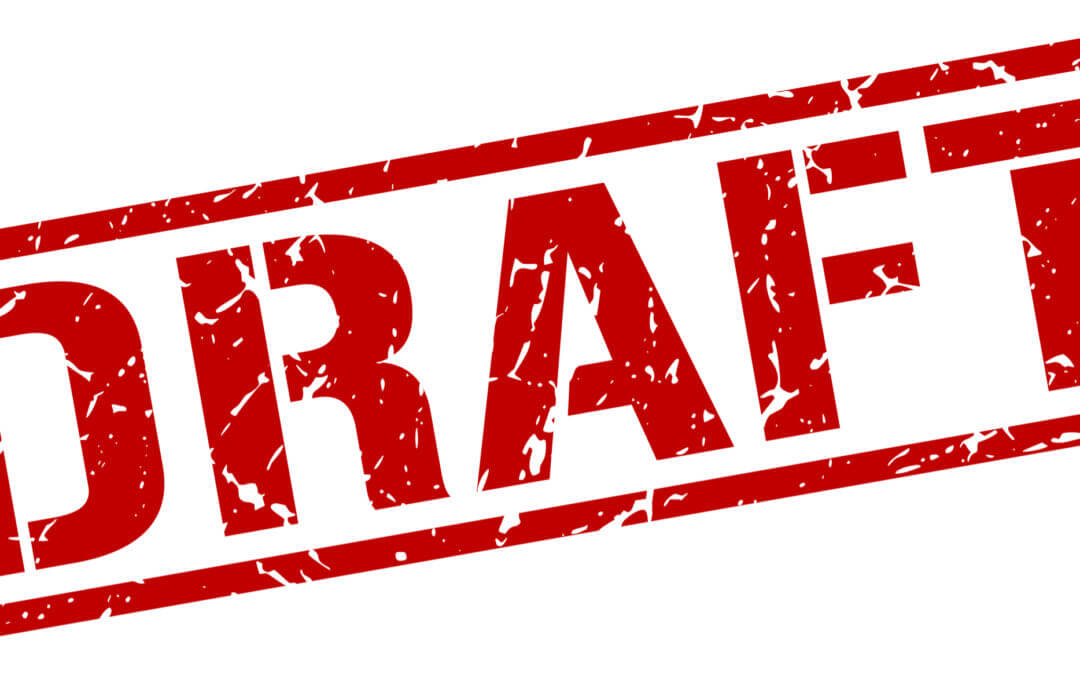It’s an absolute thrill when a piece of draft copy hits the spot and a client has no (or very few) changes. It’s exciting when the first draft captures the right level of detail, reflects the right tone and structure, and the words manage to convince, persuade or inform.
Yet the alternative is much more common!
That’s because the drafting process is not meant to result in a perfect outcome the first time. When I started writing professionally, I thought my first draft had to be perfect. Every. Single. Time. But it doesn’t. Missing out on the process just isn’t good for your writing.
Don't get so attached to your first draft that you're blinded to some great external suggestions or revisions. Click To TweetThe draft is often the first cut of ideas. It’s the time to fill in gaps in the outline. It’s the input of research. It’s the bringing together of lots of different copy.
It is inevitably a way to refine requirements and intent. Best of all, it is the time to be creative.
There are many of us who expect perfection, but remember the first draft is when you can write freely, knowing there will be time to make changes later.
So when you write your first draft, don’t expect it to be immediately ready for publishing. It may need fresh eyes to check for typos, it may benefit from restructuring to more fluently present a point, or you may just need to mull it over for a day or two to help you refine or clarify your angle.
And collaboration is vital. Our best work is the result of bringing together different viewpoints and expertise. Don’t get so attached to your first draft that you’re blinded to some great external suggestions or revisions.
The process from draft to final copy may take hours or months. Factor in the time for multiple drafts to get the best out of your writing.
Join my mailing list for more updates, insights and ideas.
